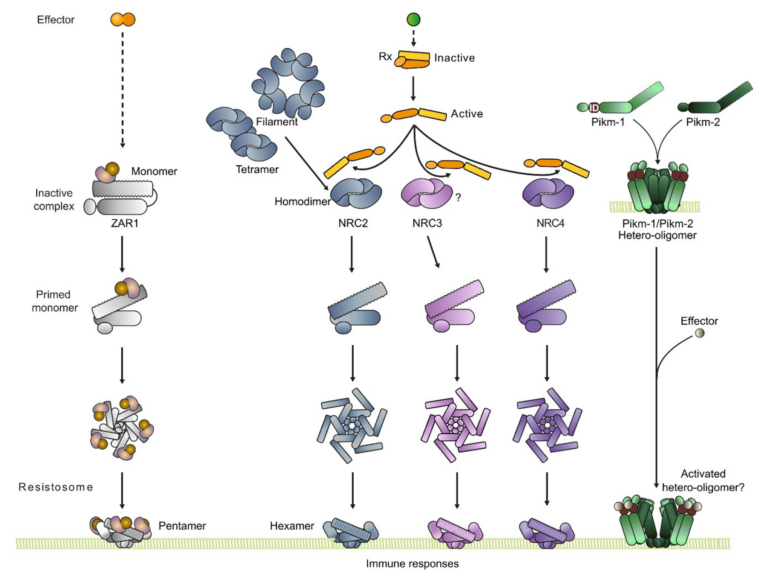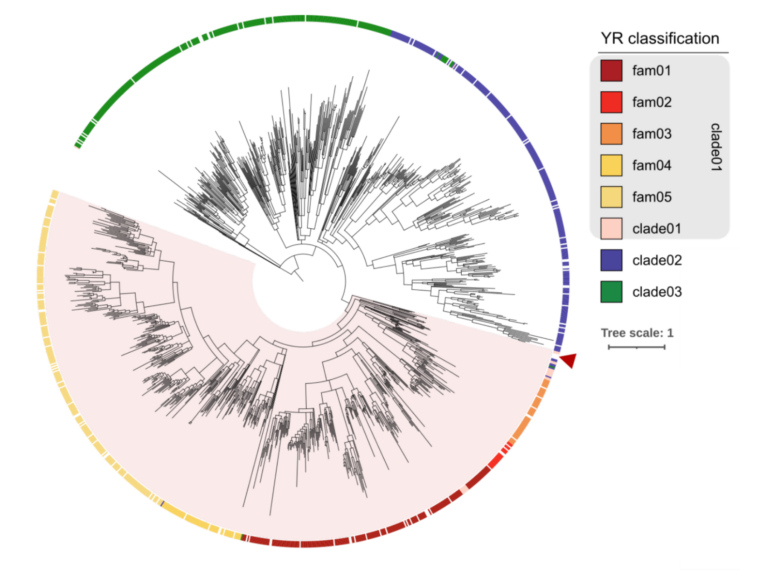The Magnaporthe oryzae effector Pwl2 alters HIPP43 localization to suppress host immunity
The rice blast fungus Magnaporthe oryzae secretes a battery of effector proteins to facilitate host infection. Among these effectors, pathogenicity toward weeping lovegrass 2 (Pwl2) was originally identified as a host specificity determinant for the infection of weeping lovegrass (Eragrostis curvula) and is also recognized by the barley (Hordeum vulgare) Mla3 resistance protein. However, the biological activity of Pwl2 remains unknown. Here, we showed that the Pmk1 MAP kinase regulates PWL2 expression during the cell-to-cell movement of M. oryzae at plasmodesmata-containing pit fields. Consistent with this finding, we provided evidence that Pwl2 binds to the barley heavy metal-binding isoprenylated protein HIPP43, which results in HIPP43 displacement from plasmodesmata. Transgenic barley lines overexpressing PWL2 or HIPP43 exhibit attenuated immune responses and increased disease susceptibility. In contrast, a Pwl2SNDEYWY variant that does not interact with HIPP43 fails to alter the plasmodesmata localization of HIPP43. Targeted deletion of 3 PWL2 copies in M. oryzae resulted in a Δpwl2 mutant showing gain of virulence toward weeping lovegrass and barley Mla3 lines, but reduced blast disease severity on susceptible host plants. Taken together, our results provide evidence that Pwl2 is a virulence factor that suppresses host immunity by perturbing the plasmodesmatal deployment of HIPP43.


